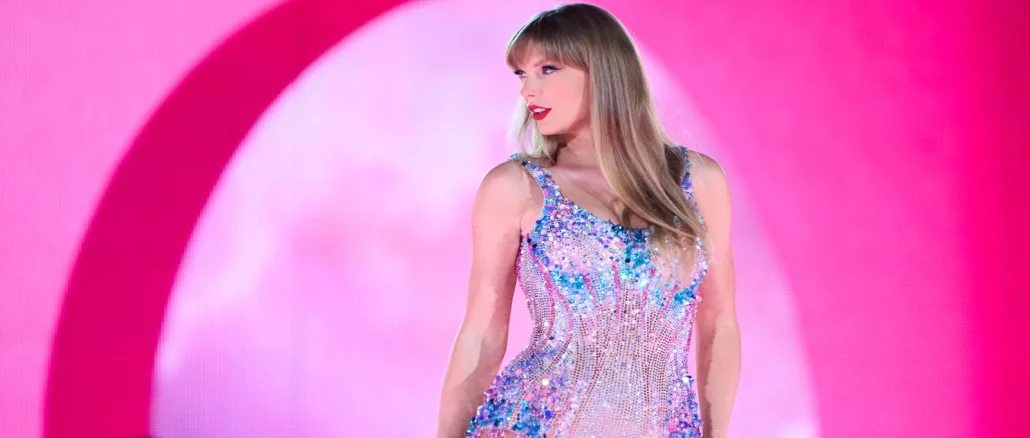
It’s been a long time coming. Those were the lyrics thousands of Swifties heard as Taylor Swift kicked off her first concert tour in over four years in Arizona on March 17th. The highly anticipated tour comes after Swift could not promote her Lover album due to Covid restrictions. Swift has since released three more albums and, in celebration, has decided to embark on a tour that she describes as “a journey through the musical eras of my career.” In addition, since her previous record label sold the rights to her master’s catalogue in 2019, Swift has been re-recording her first six albums, two of which have already been released. Swift has credited the longevity of her career to her ability to reinvent herself as an artist between each album; this is demonstrated in how her music has changed stylistically over time. Each of the ten albums in her discography has been characterised by its own aesthetic in its lyricism, visuals, and fashion. Swift knows “all too well” that, as a woman in the entertainment industry, a sustainable career requires continuously regaining audience attention through innovation.
Swift began her career as a country musician, garnering critical acclaim for her innate songwriting and storytelling abilities. After the release of Taylor Swift, Fearless and Speak Now, Swift reached a turning point in her career with the album Red and its hit single, I Knew You Were Trouble. The country-pop-rock album brought Swift further mainstream success and attracted attention from listeners outside of country. Swift’s 2014 80’s influenced synthetic pop album 1989 marked a complete transition into pop and redefined Swift’s career as we knew it. With hits such as Blank Space and Shake it Off, Swift solidified herself as a pop culture icon and set a precedent for artists looking to expand across genres. Although 1989 was a success, a public fallout with Kanye West in 2016 sent the singer into a musical hiatus. The world was not “Ready for It” when she made a killer comeback in 2017 with her Reputation album, which undertook a darker narrative in reflecting the downfall. The supporting tour was the highest-grossing of Swift’s career, so she rose from the ashes.
Lover was the first of Swift’s albums she owned. This era was defined by pastel colouring, cognisant of Taylor’s newfound independence, political outspokenness, and subsequent happiness. Lover sharply contrasted Reputation, as Taylor returned to her roots by writing catchy love ballads. Sister albums Folklore and Evermore, written amid the pandemic, were considered alternatives for Swift. These albums were Swift’s first non-autobiographical ones, as they were inspired by mythological stories and characters she had created. Music from them comprises a large part of the three-hour Eras show. The show concludes with her 10th album, Midnights, an experimental concept record. Swift promises an incredible night of music, performance, and visuals commemorating her recent work while igniting nostalgia in devoted fans. Those lucky enough to score tickets for The Eras Tour have lots to look forward to.
Hayley York
